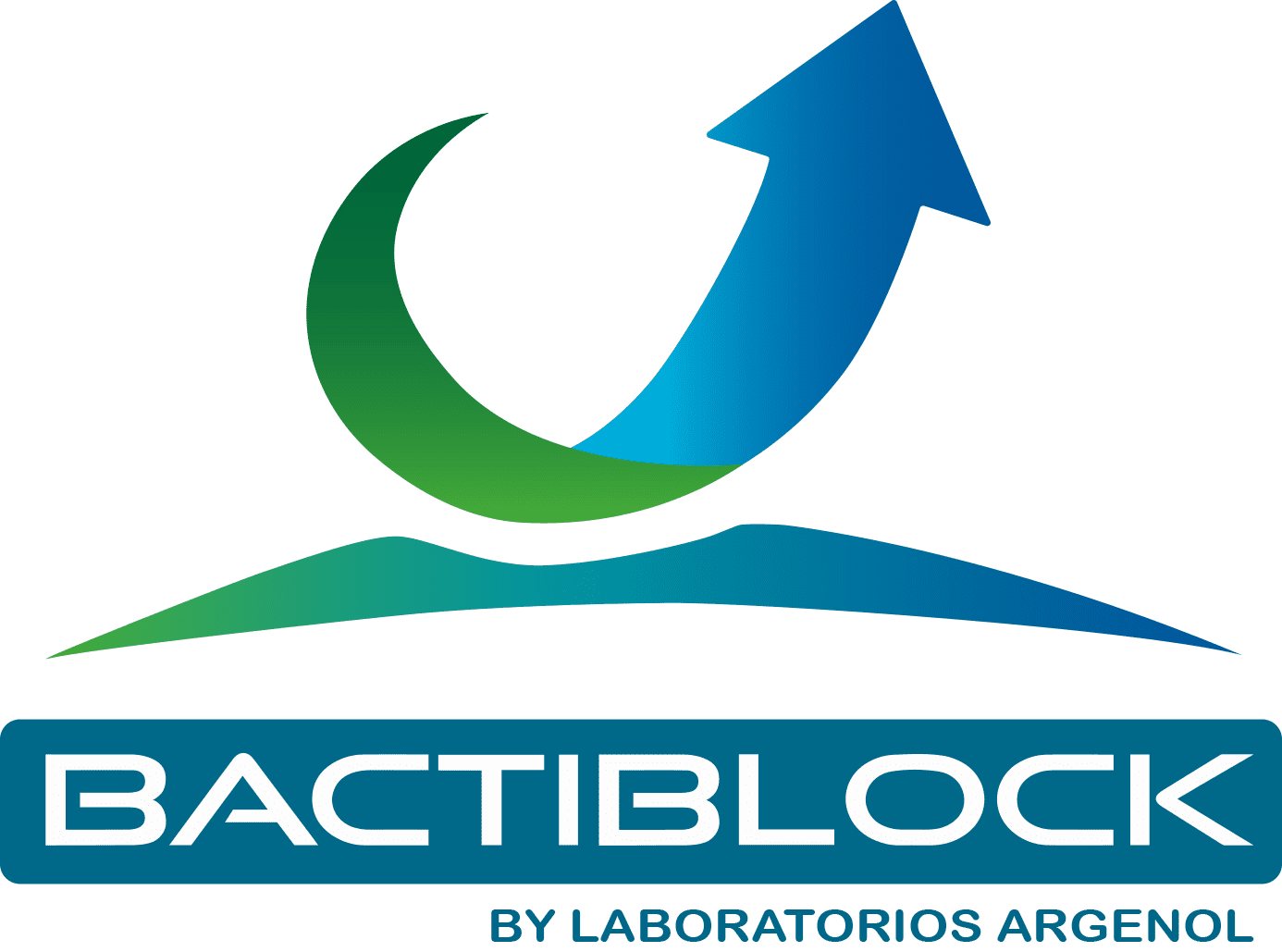BactiBlock® in the ACP list from OEKO-TEX® !

OEKO-TEX® standards, focused on textiles and leather goods, enable everyone to make responsible decisions and protect natural resources. According to these specific manufacturing standards, BactiBlock 920 B4 has been successfully registered in the ACP list from OEKO-TEX®.
In principle, according to OEKO-TEX®, it is not possible the use of active chemical products (ACPs). However, with some textiles, the use of ACPs is unavoidable. In this case, ACPs may be used, provided that they are assessed by independent toxicologists as being harmless to human health.
What are ACPs? ACPs are modified polymers, preparations and chemical substances used in the textile industry. ACPs are either already integrated in fibre production or added during a later phase of textile manufacture. With regard to ACPs, OEKO-TEX® differentiates mainly between biologically active substances / biocides and flame-retardant substances. Biologically active fibre materials, like BactiBlock 920 B4, can be part of odour-preventing or antimicrobial textiles.
OEKO-TEX® only includes those ACPs in the list of accepted substances if they have been checked by accredited toxicologists and assessed as being harmless to human health.The safety assessments by the toxicology institute are based on the information and formulas from the manufacturer and are compliant with current European legislation.
And what about how to add BactiBlock to textile or leather?
BactiBlock can be applied during common textile finishing processes such as dip coating, padding, foaming or spraying. Other processes like extrusion, commonly used for synthetic fibres processing are also compatible with BactiBlock. When it comes to leather treatment, Bactiblock can be easily added trough surpeficial treatment at a low dosage to obtain antimicrobial protection. On the other hand, polymeric foams, commonly used in the production of mattresses or furniture can also be treated successfully with Bactiblock. Get in touch with us for further information about BactiBlock in textile & leather products!
Previous news
BactiBlock® will exhibit at FOAM EXPO NORTH AMERICA!
This new edition of Foam Expo North America will take place in June 24-26, 2025 at Suburban Collection Showplace, Novi, Michigan and BactiBlock® will be there! Foam Expo is the continent's largest foam event, offering three days of networking, innovation, and business...
New consumption habits & listeria infections
Have you heard about a bacteria called Listeria? Listeria monocytogenes is a well-known and feared bacteria, specially when it comes to the agri-food industry. This widespread bacteria posses a great resistance to particular conditions and, because of that, it can be...
BactiBlock® treated artificial grass
Artificial grass or turf consists of a surface made from synthetic fibres, which designers engineer to imitate natural grass's aesthetic qualities and feel. It is much more durable than natural grass and easily maintained without irrigation or trimming. Stadiums and...
Can your eco-friendly reusable drinking bottle make you sick?
Can your eco-friendly reusable drinking bottle make you sick? While reusable drinking containers save money and are good for the environment, they could be not the best option for your health. According to a recent study, which describe them as being like a “portable...
Bactiblock® in art
Have you ever wondered how our cultural heritage is kept in good conditions? Did you know that we are able to enjoy many of the paintings and historical monuments created many years ago thanks to the work of specialized professionals and techniques? Objects of our...

Autovía Logroño Km 7,4
50011 Zaragoza - ESPAÑA
Autovía Logroño Km 18
50298 Pinseque (Zaragoza) - ESPAÑA




Autovía Logroño Km 7,4
50011 Zaragoza - ESPAÑA
Autovía Logroño Km 18
50298 Pinseque (Zaragoza) - ESPAÑA



